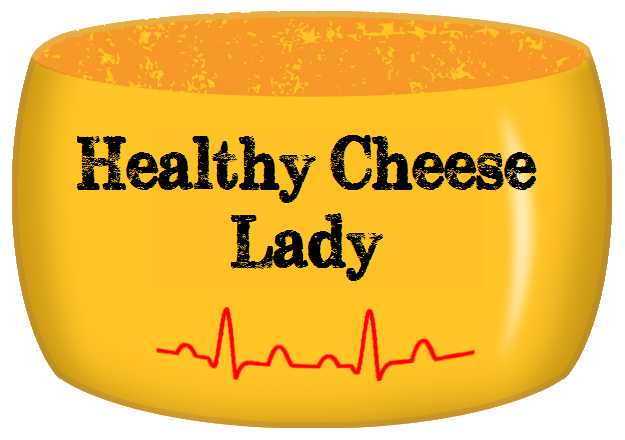ACS 2012, RALEIGH, NC:
About half-way into the Texas Cheese Tour, I admitted to Dan that I was hooked. I spent about two years interviewing cheese professionals, chefs, and retailers. What I learned from the interviews certainly sparked my interest in the art and science of cheese. I was hungry for more.
In August, 2012, I attended the American Cheese Society Conference in Raleigh, N.C., and listened to my “first” presentation. I met Max McCalman during registration and we talked about my book about childhood obesity. I expressed an interest in the healthy components of cheese, so he asked if I would like to attend the session that he was moderating.
The title was CHEESE: A NEAR-PERFECT FOOD, and the speakers were Caroline Hostettler, of Quality Cheese; Michael Kalish, of Artisanal Cheese; and Mark R. Windt, M.D., of the Center for Asthma, Allergy, and Respiratory Disease; and Max.
I was on the edge of my seat. The information was riveting. I vividly remember the photos that Caroline Hostettler showed on her slides. She explained how cows in Switzerland produced excellent milk by grazing on a variety of flowers and grasses in the beautiful Alps. As a result, cheese made from this milk provided numerous minerals, vitamins, and healthy fats.
Mark Windt, M.D., introduced a topic that was new to me: microbes in cheese and yogurt. Although I didn’t understand most of his content, I was eager to learn more. Michael Kalish discussed cheese safety, and Max highlighted a number of important issues related to cheese nutrition and proved to be a “master” at answering a variety of questions from the audience.
ACS 2013, MADISON, WI:
I was honored to serve on the panel in a presentation titled CHEESE: A NEARER TO PERFECT FOOD. Max McCalman, Mark Windt, M.D., and I stood before an attentive audience and shared the most up-to-date research findings you could imagine. Dr. Windt’s presentation on the cheese microbiome was familiar because I had a year to study it. I discussed fats, protein, and cholesterol, as they relate to risk of chronic diseases. Again, Max waived his magic wand in the Q/A, especially in the realm of cheese safety. With recent FDA agents breathing down the collars of ACS members for using wood in aging caves, Max’s effort to calm the nerves of worried, irritated cheesemakers worked. You’ve heard of calmness after the storm…Max exhibited calmness within the storm. Impressive.
Dr. Windt tackled the biochemical questions relevant to cheese and yogurt. Someone asked me about branch chain amino acids and exercise. Since I’m an exercise physiologist, I was able to answer his question accurately. The audience responded favorably and noted that they would like to hear more about our topic in future conferences.




